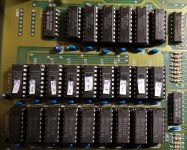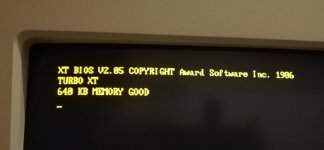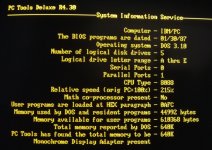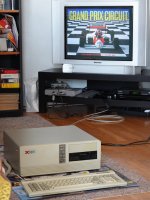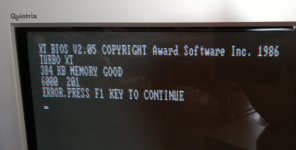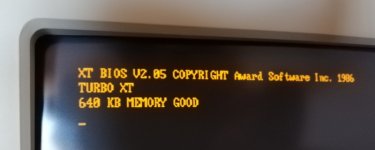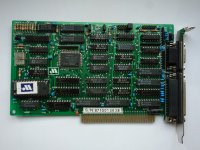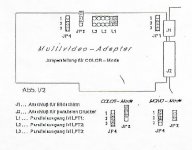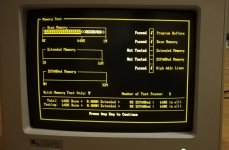RobertK
Member
Last weekend I replaced my broken Taiwan clone Turbo-XT motherboard with a working DTK PIM-TB10-Z board. I also replaced the 256K RAM that came with new board with the 640K from my old board, and the memory check ran ok and everything was working fine with a Hercules screen.
Yesterday I reconfigured the machine to CGA graphics, and suddenly I'm getting a POST error "4000 201" with two short beeps, and it reports that only 256 K RAM are ok (the machine continues to boot after pressing F1).
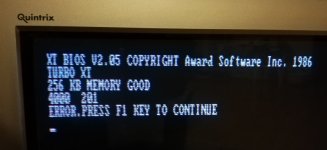
Questions:
1. What does the "4000" mean that comes with the 201 error message? According to here and here, the result would "16 KB", but is that the first chip of the first bank or the second bank (considering that 256K RAM are ok)? Would the RAM test continue with a broken RAM chip in bank 0?
2. PC Tools report the total memory to be 272K. Does this mean that the first chip of the second bank is good, and the second tested chip of the second bank is bad?

3. Can I rearrange the chips and so find out which one is the bad one?
4. On the IBM 5150 the switches 3 and 4 of SW1 need to be set according to the amount of memory installed.
However, for my DTK board on stason.org it says for switches 3 and 4 of SW1: "Factory configured - do not alter".
My board came with 256K RAM and switches 3 and 4 both ON - I don't know whether these were the factory settings.
My question is: do I have to adjust these switches or not?
Thanks in advance for your help.
Yesterday I reconfigured the machine to CGA graphics, and suddenly I'm getting a POST error "4000 201" with two short beeps, and it reports that only 256 K RAM are ok (the machine continues to boot after pressing F1).

Questions:
1. What does the "4000" mean that comes with the 201 error message? According to here and here, the result would "16 KB", but is that the first chip of the first bank or the second bank (considering that 256K RAM are ok)? Would the RAM test continue with a broken RAM chip in bank 0?
2. PC Tools report the total memory to be 272K. Does this mean that the first chip of the second bank is good, and the second tested chip of the second bank is bad?

3. Can I rearrange the chips and so find out which one is the bad one?
4. On the IBM 5150 the switches 3 and 4 of SW1 need to be set according to the amount of memory installed.
However, for my DTK board on stason.org it says for switches 3 and 4 of SW1: "Factory configured - do not alter".
My board came with 256K RAM and switches 3 and 4 both ON - I don't know whether these were the factory settings.
My question is: do I have to adjust these switches or not?
Thanks in advance for your help.

